SpaceX's Star Wars Day launch puts 60 Starlink satellites in orbit, lands rocket
CAPE CANAVERAL, Fla. — A SpaceX Falcon 9 rocket launched a full stack of 60 Starlink internet satellites into orbit on Tuesday afternoon (May 4) and then stuck its landing at sea to top off a successful mission.
The veteran Falcon 9 rocket blasted off from Pad 39A here at NASA's Kennedy Space Center in Florida at 3:01 p.m. EDT (1901 GMT), marking the company's 13th launch of the year.
SpaceX launched its own version of the "fastest hunk of junk in the galaxy," the Falcon 9, on Star Wars Day (aka "May the Fourth"), a global celebration of all things "Star Wars." The 229-foot-tall (70 meters) rocket is named after the Millennium Falcon — the iconic ship in the "Star Wars" franchise piloted by Han Solo. It's payload? A full stack of 60 flat-paneled broadband satellites called Starlink.
"And liftoff! May the force be with us," a SpaceX launch commentator said during a live webcast of the mission.
Video: SpaceX launches Starlink 25 mission! Nails booster landing
Related: May the Fourth be with you! R2-D2 helps NASA astronaut celebrate 'Star Wars Day'

Approximately nine minutes after liftoff, the rocket's first stage returned to Earth, touching down on SpaceX's drone ship "Of Course I Still Love You," for its ninth successful landing.
The launch was originally part of a planned SpaceX doubleheader, as the company worked towards a launch of its massive Starship at its South Texas facilities. That flight was pushed back to no earlier than Thursday (May 6), while the Falcon 9 was able to get off the ground.
Get the Space.com Newsletter
Breaking space news, the latest updates on rocket launches, skywatching events and more!
Onlookers were treated to quite the spectacle as the rocket blasted off as part of a rare daytime mission.
Related: SpaceX's Starlink satellite megaconstellation launches in photos
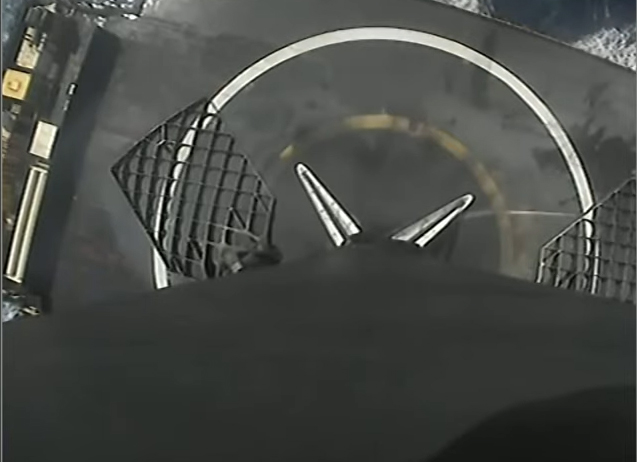
SpaceX is continuing the rapid launch pace set last year, as the Hawthorne, California-based rocket builder celebrated its 13th launch so far in 2021. Every single one of those launches have been on reused rockets, and most have carried SpaceX's own Starlink satellites. That's because the company has been working to fill its initial internet constellation of 1,440 broadband satellites.
That milestone has already been achieved, but SpaceX isn't slowing down; the company currently has permission to launch as many as 30,000 Starlink satellites, with an option for even more.
Forecasters at the 45th Space Wing's Weather Squadron predicted favorable conditions at launch and the weather did not disappoint. It was nothing but clear blue skies over the space coast as the Falcon roared to life and climbed to orbit.
The only concern going into Tuesday's launch was recovery weather and liftoff winds at the launch site. Neither of those proved to be an issue.
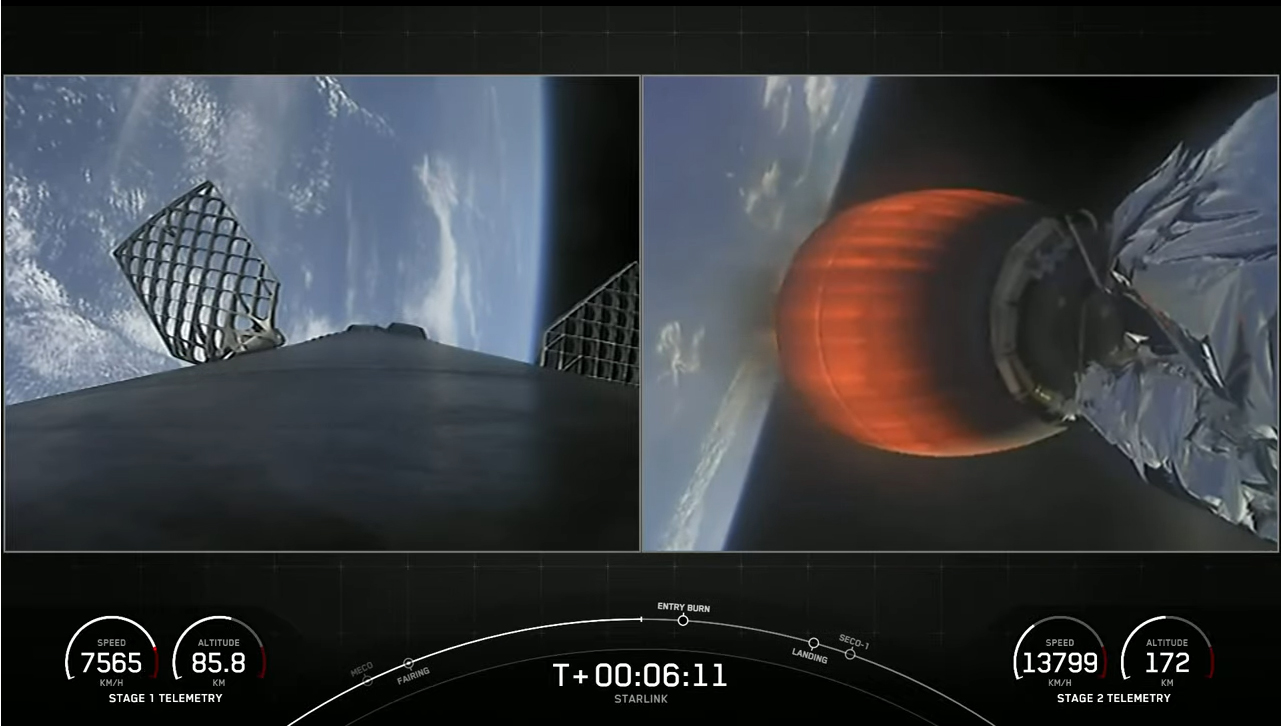
Rapid reuse
The booster used in Tuesday's launch, called B1049, is not only one of SpaceX's fleet of flight-proven boosters, but also one of the most experienced. The veteran flier now has nine launches and landings under its belt as the company has plans to push its Falcon 9 rockets to the limit. It's only the second booster in SpaceX's fleet to reach this milestone. (The other is B1051.)
This frequent flyer made its debut in 2018, carrying the Telstar 18V satellite before trekking across the country to launch 10 Iridium NEXT satellites in 2019. Its subsequent missions have all contained Starlink payloads.
Tuesday's flight marks the seventh load of the broadband satellites that this particular booster has carried into space. SpaceX has been using its previously flown boosters with the most miles to transport its own satellites into space.
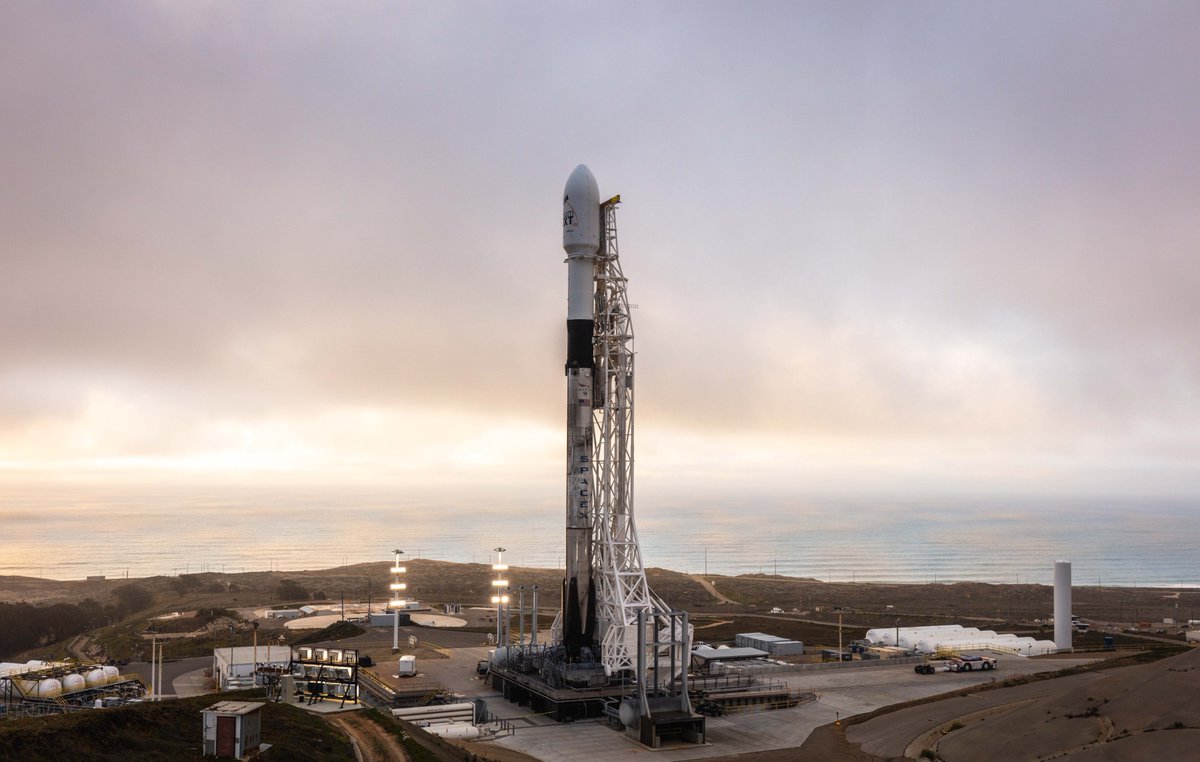
This is the 117th overall flight for Falcon 9, and the 63rd flight of a used, refurbished booster. In fact, every single SpaceX launch so far in 2021 has been on a flight-proven rocket.
When the upgraded Falcon 9 debuted in 2018, SpaceX Founder and CEO Elon Musk told reporters that the company expected each Falcon 9 to fly 10 times with few refurbishments in between flights, and as many as 100 times before retirement.
According to Musk, the company has learned a lot through the refurbishment process, including that there doesn't seem to be a hard limit on the number of flights that any given Falcon 9 can fly. Following the launch of the Crew-2 astronaut mission to the International Space Station for NASA, the SpaceX CEO did indicate that the company would push the Falcons to the limit and keep flying them on Starlink missions until they break, which could well surpass the 10 flights previously predicted.
Having a fleet of flight-proven rockets at its disposal allows SpaceX to keep up with its rapid launch cadence. However, company officials have stressed that while losing a booster is unfortunate, the main objective of each mission is always to deliver the payload safely to its intended orbit. Anything beyond that is a bonus.
SpaceX has yet to launch the same rocket 10 times, but according to Musk, that historic flight should happen in the very near future.
Constellation expansion
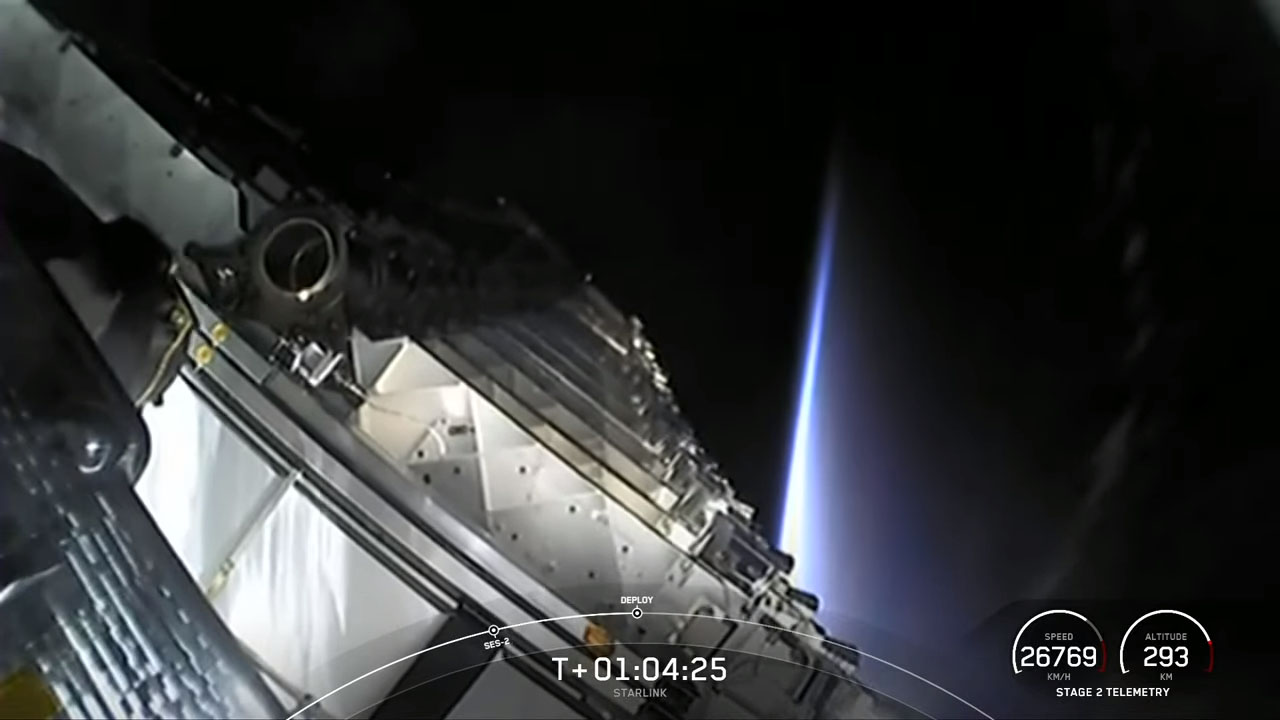
SpaceX launched its massive internet constellation, to help provide internet coverage to the world, in particular those in remote and rural areas. To that end, company engineers designed a fleet of flat-paneled broadband satellites to fly over the Earth, beaming down internet coverage to users who can access the service via a compact user terminal.
With Tuesday's launch success, SpaceX has launched nearly 1,600 Starlink satellites into orbit, including some that are no longer operational. This goes beyond the company's initial quota, which means we could see an official commercial rollout of the Starlink internet service sometime this year.
Currently, Starlink is still in its beta-testing phase with users around the world putting the burgeoning broadband service through its paces. The company has also opened up its website to begin taking preorders, although service won't begin right away. Prospective users can go to the company's website and reserve the service with a $99 deposit right now.
Starlink review (hands on): How good is Elon Musk's satellite internet service?
SpaceX is not the only company with aspirations of connecting the globe. OneWeb, Amazon and Telstar all have constellations of their own planned. However, OneWeb is currently the only other service with actual satellites in space.
The London-based company launched 36 of its satellites in March on a Russian Soyuz as part of an effort to fill out its planned constellation containing 650 satellites. (To date, OneWeb has launched five of its planned 19 missions.)
Amazon recently signed a deal with United Launch Alliance (ULA), for nine of its Project Kuiper missions to fly on an Atlas V rocket, sometime in the future. Specifics on the number of satellites to be launched and when have not yet been released.
Fairing recovery
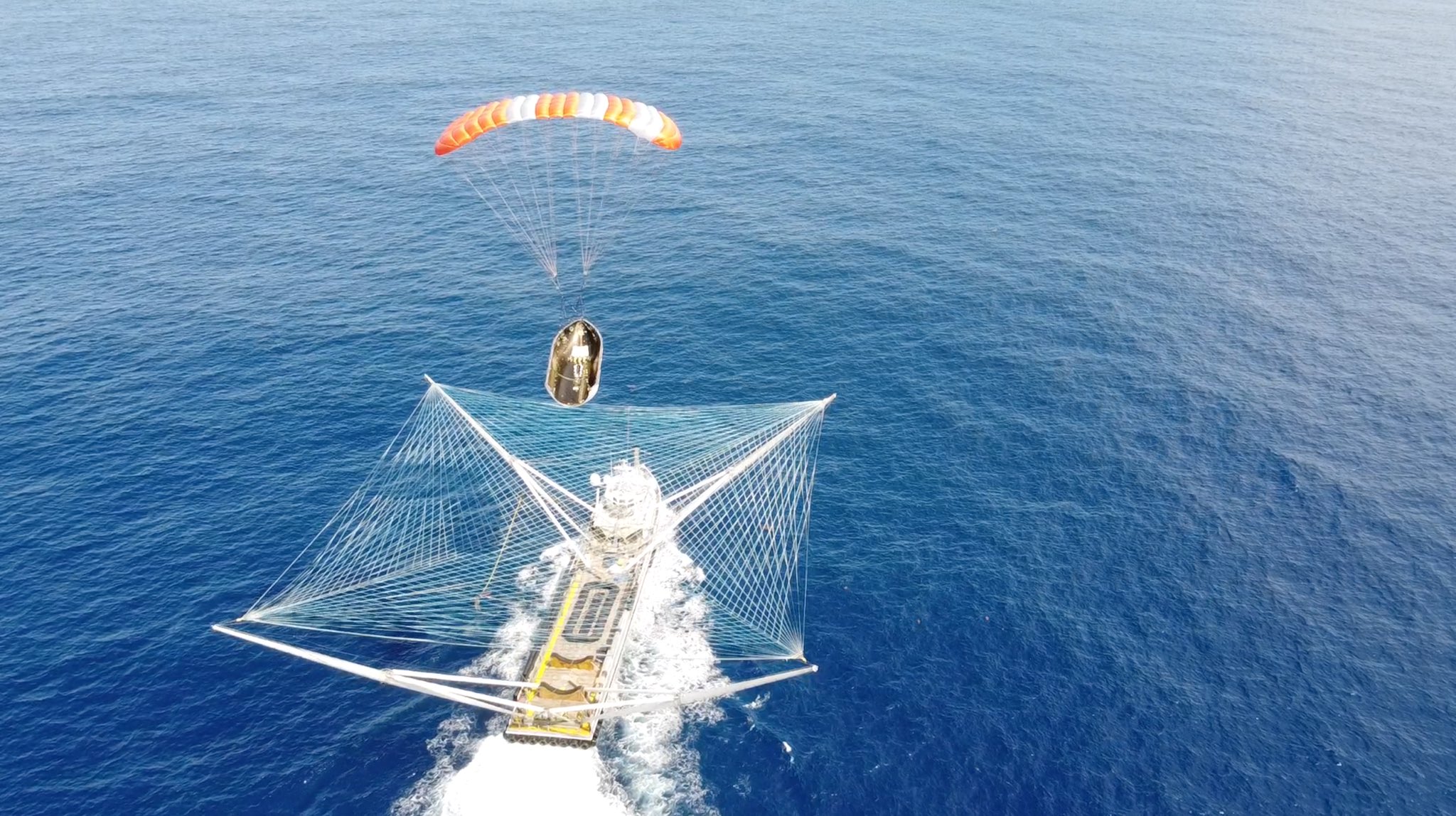
Both of the fairing halves featured in Tuesday's mission will be recovered by the newest member of SpaceX's recovery fleet, Shelia Bordelon.
Thanks to onboard parachutes and navigation software, the clamshell-like hardware will glide itself back to Earth and gently splashdown in the Atlantic Ocean. From there, the two fairing pieces will be pulled from the water by the brightly painted boat.
This is the fourth mission now for Shelia Bordelon, which uses an onboard crane to retrieve the fairings. With any luck, the fairings will be able to be used again on a future mission.
Follow Amy Thompson on Twitter @astrogingersnap. Follow us on Twitter @Spacedotcom or Facebook.
Join our Space Forums to keep talking space on the latest missions, night sky and more! And if you have a news tip, correction or comment, let us know at: community@space.com.

Amy Thompson is a Florida-based space and science journalist, who joined Space.com as a contributing writer in 2015. She's passionate about all things space and is a huge science and science-fiction geek. Star Wars is her favorite fandom, with that sassy little droid, R2D2 being her favorite. She studied science at the University of Florida, earning a degree in microbiology. Her work has also been published in Newsweek, VICE, Smithsonian, and many more. Now she chases rockets, writing about launches, commercial space, space station science, and everything in between.









